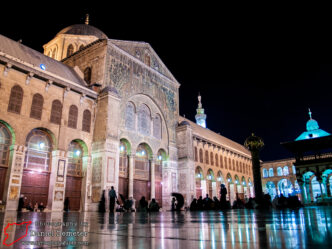
Damascus – Umayyad Mosque دمشق – الجامع الاموي
The most important monument in Damascus (دمشق), and perhaps the entire country, is the magnificent Umayyad Mosque (الجامع الاموي). No single historic …

The most important monument in Damascus (دمشق), and perhaps the entire country, is the magnificent Umayyad Mosque (الجامع الاموي). No single historic …
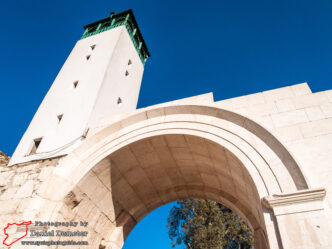
The old city of Damascus (دمشق) was once surrounded by extensive fortifications that included walls, towers, and gates in addition to the …
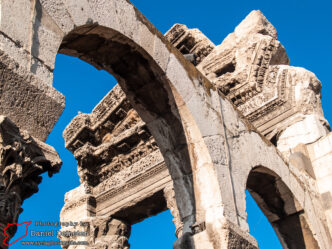
Damascus (دمشق) was conquered by the Romans in 64 BCE, which marked the beginning of their long rule over the city. Although …
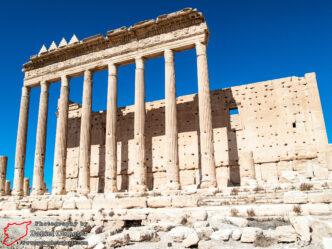
One of the most impressive monuments in Syria is the magnificent Temple of Bel (معبد بل). Located in the southeastern quarter of …
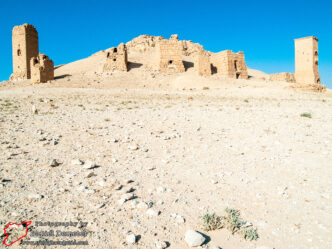
Surrounding the ancient city of Palmyra (تدمر) is a vast necropolis (مدافن) featuring hundreds of Roman-era tombs, one of the most fascinating …

The Temple of Baal-Shamin (معبد بعلشمين) is one of the most well-preserved temples in the ancient city of Palmyra (تدمر). In Semitic …
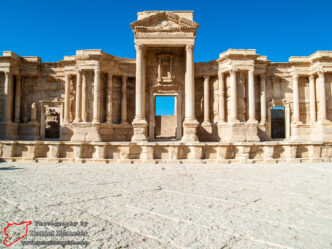
Centrally located in the acropolis of Palmyra (تدمر) are the remains of the ancient city’s theater (مسرح). Largely buried under sand until …
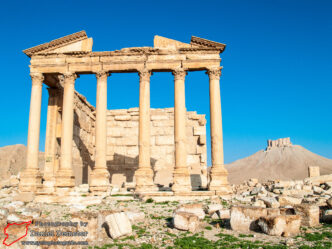
Located in the northwestern periphery of the ancient city of Palmyra (تدمر), at the end of the main colonnaded street, is a …
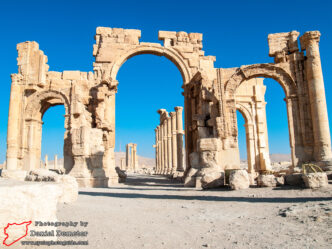
One of the most recognizable structures in the ancient city of Palmyra (تدمر) is the remarkable monumental arch (قوس النصر). Also known …
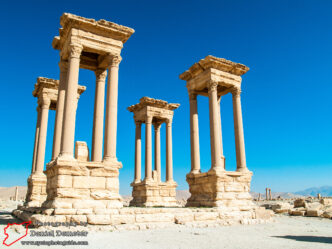
Unlike most Roman cities in the region, the ancient city of Palmyra (تدمر) did not conform to the standard city plan of …